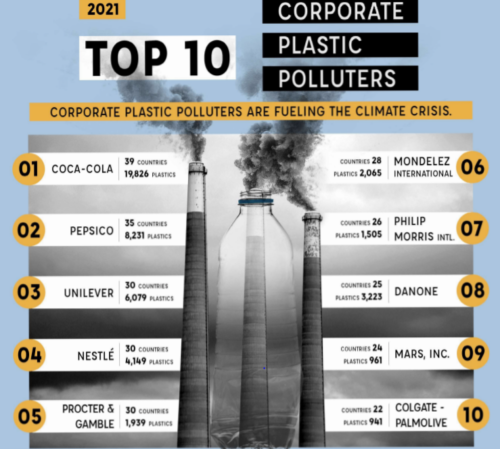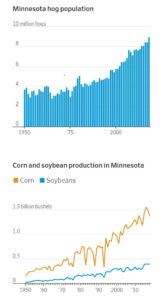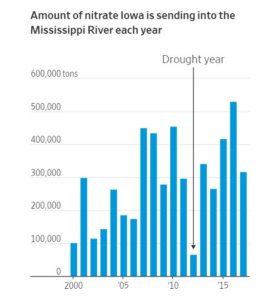Plastics in the food system: a big problem, getting worse
Last week, I ran across three items related to plastics in our food system. The big issues: waste, pollution, and harmful chemicals.
(1) Fortunately, Civil Eats has done all the work and produced this must-read compendium of articles.
Of all the issues we cover, one in particular has all of us at Civil Eats deeply concerned: the widespread overuse of plastic in food and agriculture. From the myth of recycling and the millions of tons of plastic in the oceans, to the abundance of “forever chemicals” and microplastics making their way into our food and our soil, plastics are contaminating the food chain, polluting the environment, and making us sick. And while there are important ways individuals can address the problem, they often feel like a drop in the bucket when compared to the ways industry is shaping the narrative, increasing the amount of plastic being produced, and stalling or opposing regulation.
The Follow-Up
The Check-In: A Conversation with the Peak Plastic Foundation
(2) I also ran across this notice from Food Dive: “Coca-Cola, Unilever among top plastic polluters, report says.” This excellent summary refers to The #BrandAudit2021Report from the group, Break Free From Plastic.
The report points out that this is the fourth year in a row Coca-Cola is the #1 plastic polluter. Here are the report’s top ten.

(3) Phthlates. In her Technically Food newsletter, Larissa Zimberoff talks about potentially harmful chemicals that leach into food from plastics, particularly plastic gloves.
The study found that pthalates (an industrial chemical) were found in food samples taken from chains including McDonald’s, Pizza Hut and Chipotle. These included DnBP, which has been linked to a heightened risk for asthma, and DEHP, which has been linked to an increased risk of reproductive problems. Other problems: disruption to the endocrine system (yes, that’s where diabetes comes from) and behavioral disorders in children…The main source of pthalates in food are the ubiquitous plastic gloves worn in food handling, but also in packaging and processing equipment.
And a new study looks at phthlates in fast food. Here’s what the Washington Post says about it:





